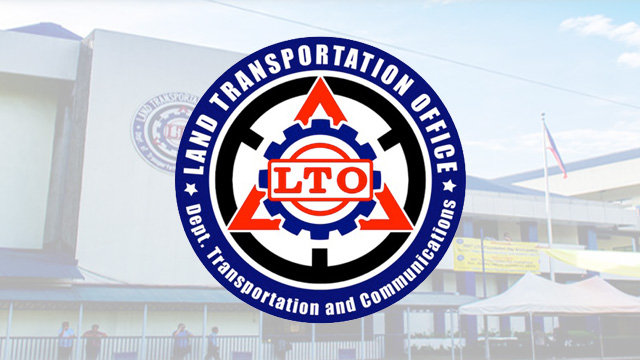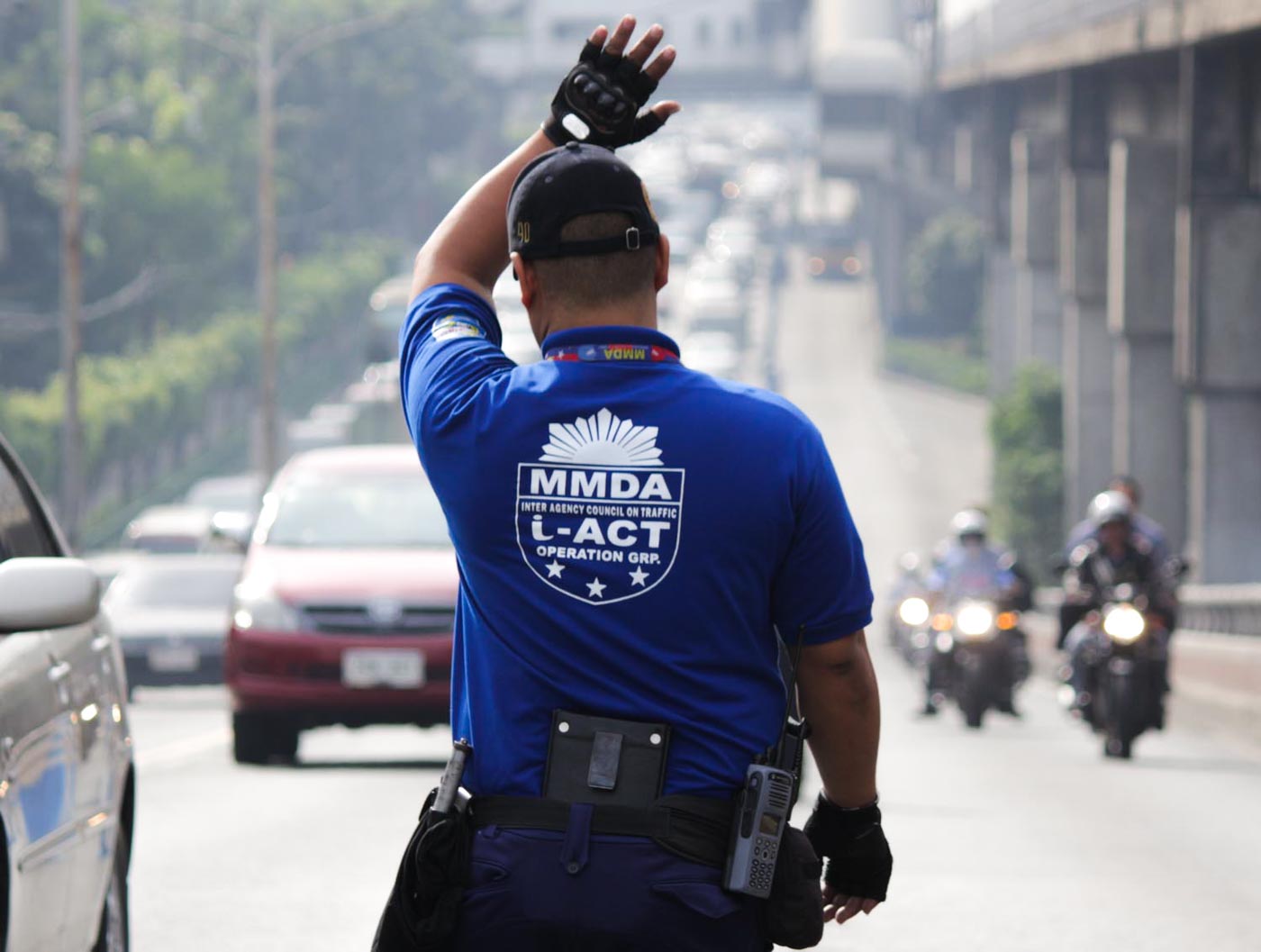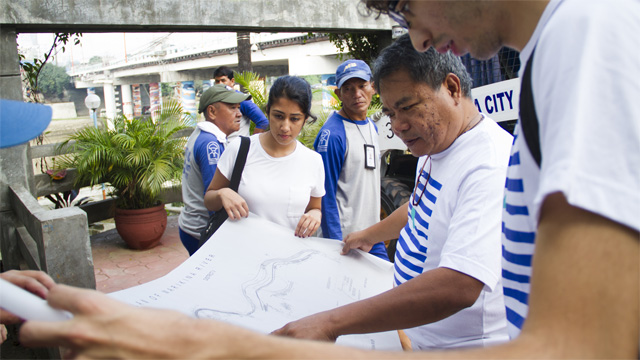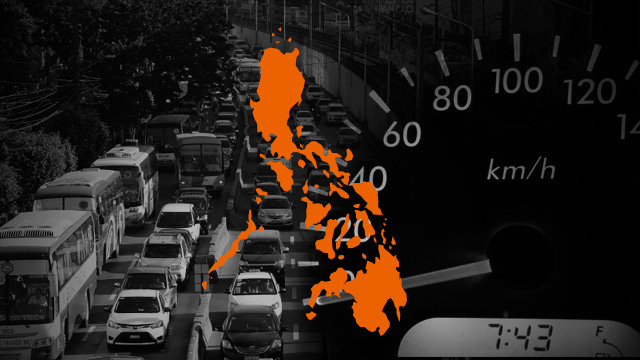
MANILA, Philippines – When Andrew Lebardo heard that his Uber passenger, Sarah Cuvin, needed a blood donor, he did not think twice to go beyond his duty and volunteered to donate 450 grams of blood.
In a social media post that quickly went viral, Sarah Cuvin shared how Lebardo was an answered prayer to her family when he volunteered to donate blood to replace the one consumed by her relative from a hospital operation.
As of posting, the photo racked up at least 1,900 reactions and was shared at least 236 times.
{source}
<iframe src="https://www.facebook.com/plugins/post.php?href=https%3A%2F%2Fwww.facebook.com%2Ftheweekendergirl%2Fposts%2F895728293913622&width=500" width="500" height="758" style="border:none;overflow:hidden" scrolling="no" frameborder="0" allowTransparency="true"></iframe>
{/source}
Why he donated
In a phone interview with Rappler, Cuvin shared that she was on speakerphone and at a ride on Uber when her brother called about their relative’s situation in the hospital.
“How it works is that the hospital gives you blood and you have to replace the blood from the blood bank. It was 450 grams per bag and we needed 2 bags,” Cuvin said.
When she learned about their need for blood donors, Cuvin automatically imagined the difficulty in looking for interested donors.
“We felt like that it was difficult because giving blood is personal, it is not something you ask other people to do for you,” Cuvin said.
Fortunately, they did not need to look further. An "angel" overheard their conversation on spearkerphone.
While Cuvin and her brother were still talking, Lebardo said he was willing to have himself tested if he was qualified to donate blood.
“All he wanted in exchange was his payment for the Uber ride,” Cuvin added in her social media post.
In a phone interview with Rappler, Lebardo said that he was naturally helpful to friends and strangers alike so making the decision to donate blood came easy for him.
"Basta kapag may kailangan, kahit sino, I really do my best na tumulong," Lebardo said. (If anyone needs anything, I really do my best to extend help.)
The Uber driver also shared that it was not his first time to donate blood. Lebardo has been with Uber since December 2016.
Blood donation in the PH
Good Samaritans like Lebardo are not new in the Philippines where the blood supply still falls short of the target despite having numerous blood banks located in hospitals and centers like the Philippine Red Cross (PRC). (READ: Blood needed: With PH blood supply below target, patients seek online)
"There is a non-stop demand for blood. We receive requests through phone calls and inquiries at our chapters," PRC blood bank manager Dra. Sheryll Tonelete said in mixed English and Filipino in an interview with Rappler.
Donating a bag of blood would usually takes no longer than 10 minutes. Within that span of time, a blood donor can save three lives, Tonelete said. (READ: Ubial: Blood donation should be an everyday thing)
Tonelete also said the need for better awareness about blood donation in the country, especially during the "lean months" of December and January. According to the blood bank manager, the supply of blood is usually low while the demand for it is high during these months.
"Sana gawing part ng Chirstmas program yung blood letting activity. Or groups can make it a start-of-the-year activity," Tonelete suggested. (We hope that the blood letting activity is integrated in Christmas programs or in start-of-the-year activities)
How you can donate
In order to donate blood, interested donors are required to follow a few simple steps.
First, donors would be usually required to fill out a questionnaire detailing their medical history. They will be interviewed and assessed by doctors to check whether they meet the requirements for donating blood.
Requirements for donating blood vary among blood centers. Hospitals, for example, are known to implement stricter guidelines.
According to the PRC's basic requirements, blood donors should:
be in good health
between 16 and 65 years old (those aged 16 and 17 need parental consent)
weigh at least 110 pounds
have a blood pressure between 90 and 160 mmHg (systolic), 60 and 100 mmHg (diastolic)
pass the physical and health history assessments
After this, the extraction process – which lasts no longer than half an hour – begins. The donor will then be allowed to rest for several minutes and will be given refreshments.
Every time someone donates blood, part of the standard operation procedure of the PRC is to conduct screening processes ensuring that the donated blood is safe for transfusion and free from transfusion transmissible infections. – Rappler.com





















 MANILA, Philippines – About 5,000 teachers from all over the country will gather in Legazpi City in Albay to celebrate the National Teachers’ Day on Thursday, October 5.
MANILA, Philippines – About 5,000 teachers from all over the country will gather in Legazpi City in Albay to celebrate the National Teachers’ Day on Thursday, October 5.











